Skin Care
Can The Patchy Loss Of Skin Colour In Vitiligo Be Treated?
4 min read
By Apollo 24|7, Published on - 24 June 2022, Updated on - 18 October 2022
Share this article
0
1 like
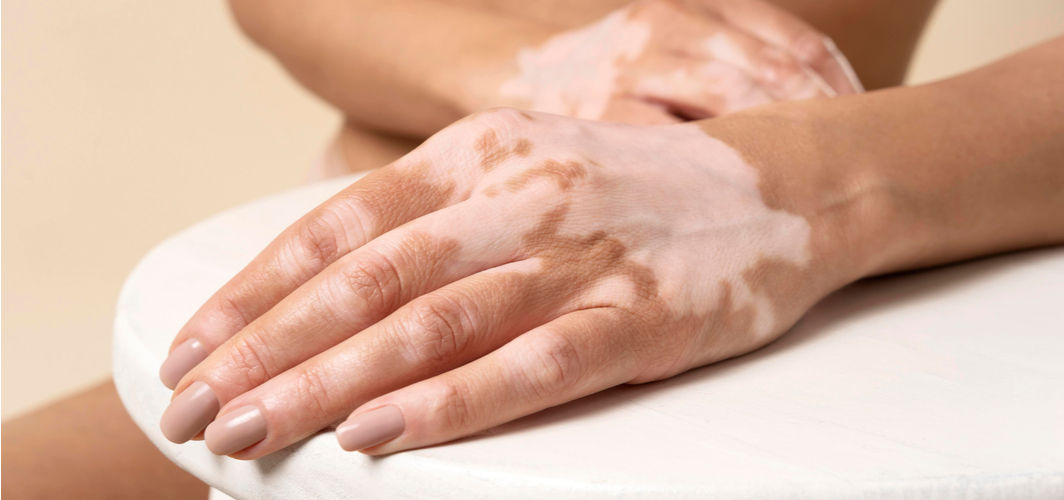
The human body has an immune system, which protects it from disease-causing microorganisms. When a foreign microorganism (also called an antigen) enters the body, the immune system gets activated and deploys some specialised cells, such as lymphocytes, cytokines and macrophages. These immune cells form antibodies that identify and kill the disease-causing antigens. However, sometimes instead of attacking the foreign cells, the immune system forms antibodies that attack the body's healthy cells and tissues. One such condition is vitiligo where the immune system attacks the melanocytes, which provide colour to the skin. Vitiligo is a chronic condition characterized by patchy loss of skin colour. Though vitiligo is not contagious, there is a stigma associated with the condition.
Different types of vitiligo
Vitiligo spreads in different patterns, some of the common ones include:
- Generalized/Bilateral: It is the most common type of vitiligo where symmetrical patches of discolouration spread in different body parts.
- Segmental/Unilateral: In this type, the loss of colour is restricted to a side or part of the body such as the hands or face.
- Focal: In this type, there are two to three small patches that are localized to a part of the body and do not spread widely.
- Mucosal: This type of vitiligo only affects the mucous membranes of the mouth and the genitals.
- Universal: It is a rare type of vitiligo where more than 80% of the body loses pigment.
- Trichome: In this type, the discoloured patch has a white or colourless centre, followed by an area of lighter pigmentation, and normal skin colour.
What are the signs of vitiligo?
Vitiligo causes discolouration of the skin and the most commonly affected areas include hands, wrists, mouth, eyes, armpits, groin area and genitals. It can also affect the hair roots turning them white or grey. The discoloured area can be pale, white or slightly pink and can be dry and itchy.
What causes vitiligo?
The exact reason for vitiligo has not been found yet. However, some theories that are associated with the cause of this skin condition include:
- Genetic predisposition: Around 30% of the vitiligo cases are inherited. Scientists believe that some faulty genes can be passed on to the next generation resulting in vitiligo.
- Autoimmune disorder: The immune system forms antibodies against the melanocytes and destroys them.
- Neurotoxicity: It is believed that a substance released from the nerve endings into the skin is toxic to melanocytes and can trigger vitiligo.
- Triggers: It is believed that vitiligo can also be triggered by some events such as physical or emotional stress, skin damage due to burns or cuts or exposure to some chemicals.
Can vitiligo be treated?
Vitiligo cannot be cured. However, some treatment measures can help restore the colour temporarily but cannot prevent the spread or recurrence of depigmentation. The treatment measures for vitiligo include:
- Sunscreen lotions: People with vitiligo are at increased risk of suffering from sunburns. Therefore, they are advised to apply a sunscreen lotion with a sun protection factor (SPF) of 30 or above.

- Topical medications: Medications such as topical steroids, topical calcineurin inhibitors (for instance tacrolimus and pimecrolimus), and topical vitamin D analogues (such as calcipotriol and tacalcitol) can help in the repigmentation of the skin.
- Phototherapy: This is a light therapy involving depigmented skin exposure to ultraviolet B (UVB) light several times a week. Phototherapy helps in the repigmentation of the skin. Another light therapy called PUVA light therapy involves the use of UVA light and psoralen (oral or topical medication) can help restore the skin colour.
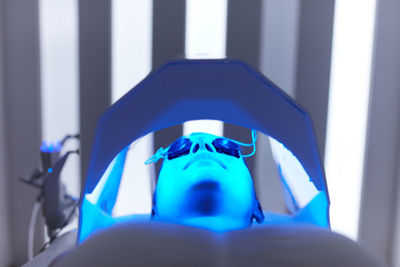
- Surgery: Sometimes patients also undergo skin grafts (micrografting) to cover the depigmented areas of the skin. Micropigmentation is a procedure where the original colour of the skin is tattooed onto the depigmented skin.
Vitiligo causes the skin to lose colour in patches. It affects people of all ethnic origins and sexes and can be genetically passed. Vitiligo often begins from the hands, feet or face, and then subsequently covers the other parts of the body. There is no cure for vitiligo but the depigmented skin can be managed with the help of sunscreens, steroids and light therapies. For more information,
Consult an Apollo Dermatologist
Medically reviewed by Dr Sonia Bhatt.
Skin Care
Leave Comment
Recommended for you
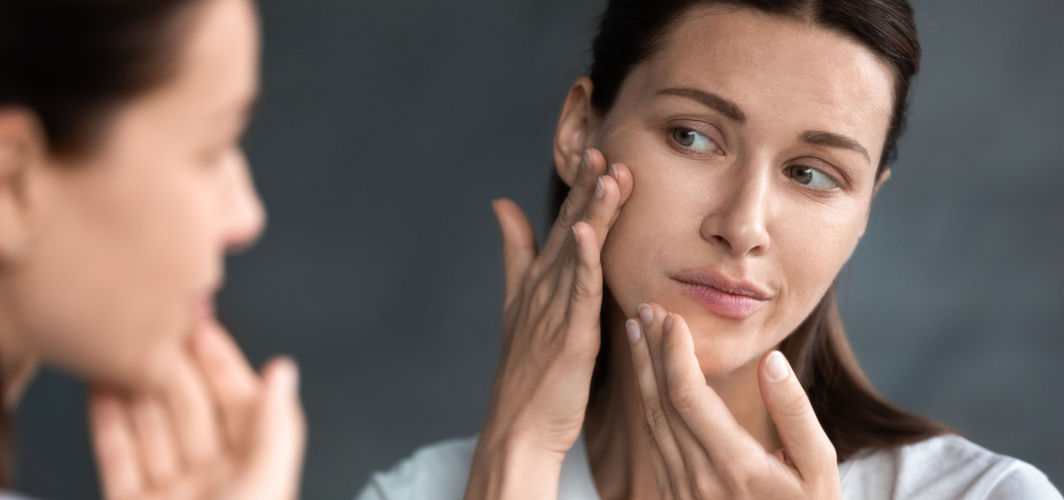
Skin Care
Worried About Premature Ageing of the Skin? Here’s What to Avoid!
Are you worried that your skin might be ageing earlier than expected? Don’t know why your skin is wrinkling and sagging? Read on to find out about the most common causes of premature ageing of the skin.
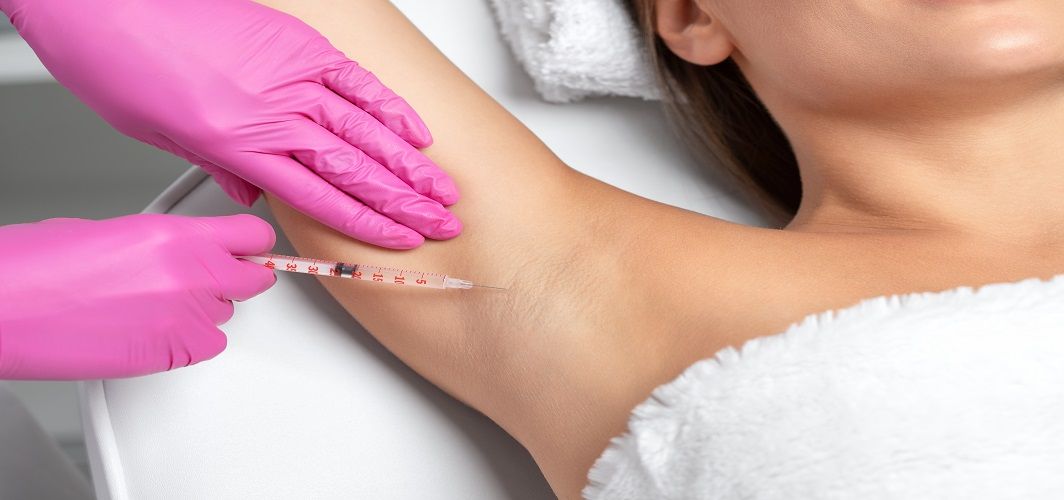
Skin Care
Can Botox In the Armpits Reduce Sweating?
No one likes to sweat, especially if it ruins your clothes and makes you smell bad. In this blog, we'll talk about what Botox is, how it works, and, most importantly, whether or not it can stop you from sweating. Read on!
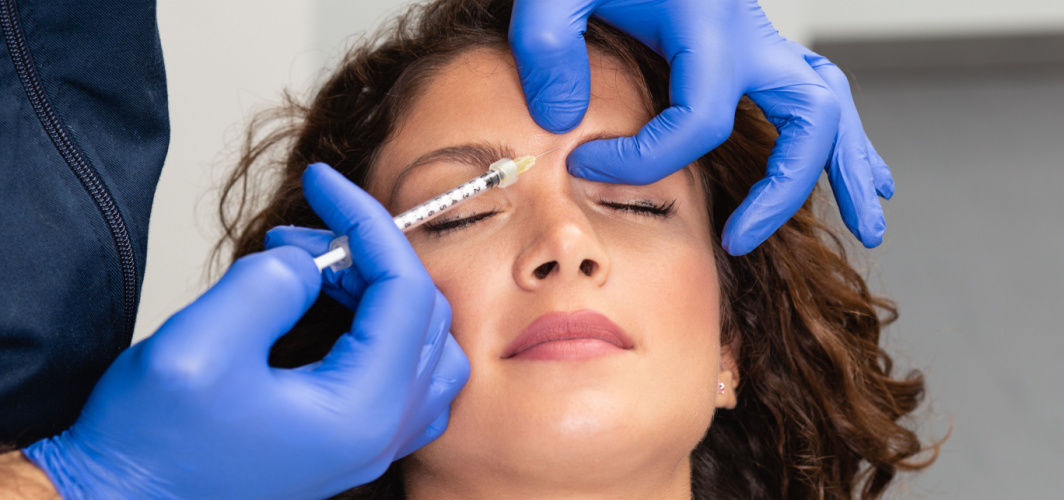
Skin Care
Botox Injections: Know About The Results, Side Effects & Aftercare Of This Cosmetic Treatment
This article provides valuable insights for those considering botox injections to reduce wrinkles and fine lines. It highlights the need for thorough research, consultation with professionals, understanding potential risks, aftercare precautions, and the temporary nature of the treatment.
Subscribe
Sign up for our free Health Library Daily Newsletter
Get doctor-approved health tips, news, and more.
Recommended for you

Skin Care
Worried About Premature Ageing of the Skin? Here’s What to Avoid!
Are you worried that your skin might be ageing earlier than expected? Don’t know why your skin is wrinkling and sagging? Read on to find out about the most common causes of premature ageing of the skin.

Skin Care
Can Botox In the Armpits Reduce Sweating?
No one likes to sweat, especially if it ruins your clothes and makes you smell bad. In this blog, we'll talk about what Botox is, how it works, and, most importantly, whether or not it can stop you from sweating. Read on!

Skin Care
Botox Injections: Know About The Results, Side Effects & Aftercare Of This Cosmetic Treatment
This article provides valuable insights for those considering botox injections to reduce wrinkles and fine lines. It highlights the need for thorough research, consultation with professionals, understanding potential risks, aftercare precautions, and the temporary nature of the treatment.